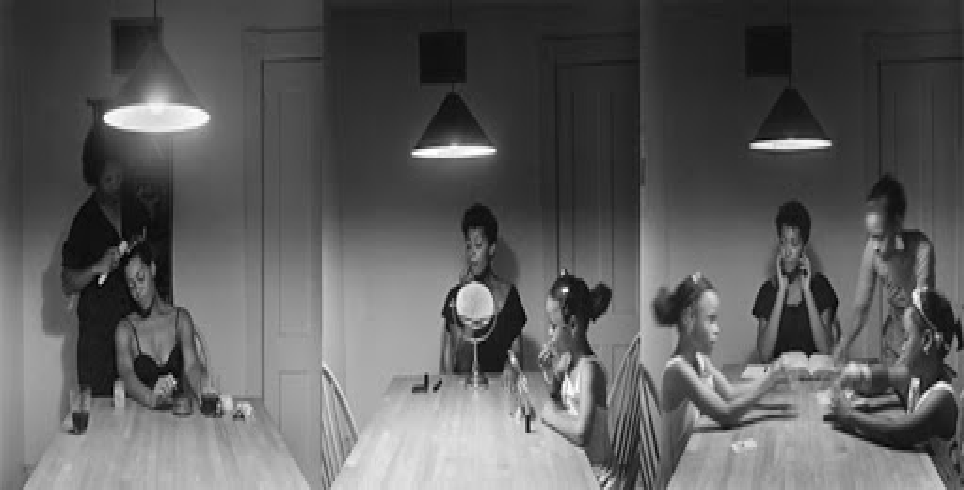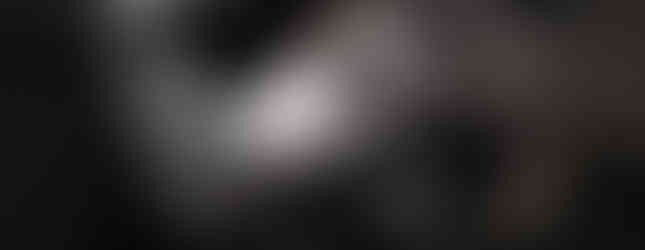Ego
- RC

- Jan 25, 2023
- 4 min read
Combining three years of undergraduate media art knowledge, find a relation between the process of “labeling” and Emoji. Also, analyze whether the Emoji is a symbolized method for us to express our ego.

Starting Point
There is an experience between my friend and me, and I use a comic to show this terrible experience easily:

Through the experience, I realize that we may act as typical characters to socialize. Nowadays, Emoji is widely used by people to show their mind. The connection between the ego and Emoji needs to find out.
Research
From this experience, I design a questionnaire to understand whether making a character is usual in our daily lives.
Here are the questions of the questionnaire
Would you like to make a character for yourself?
Is your character benefiting you in your daily life?
Have you met someone who likes to make a character for them?
What kinds the positive effect did your friends make when they make a character?
Have your friend who made character met the failure of it?
What’s the result of your friend after their character crashed?
What’s your feeling about keeping a character?
And in the survey:
There are about 57% of people live to make a popular character for themselves, while 87.5% of them think that this designed character is beneficial. After people make their character, 78.6% of them make a lot of friends, 57% of them succeed in the workplace, 28.57% of them get lovers, and 35.7% of them make a progress in their studies and they are satisfied by their parents. When it comes to the feelings about keeping characters, half of them want to give up and have given up.

To express my work better, I think about the existence of EMOJI, which is widely used by people on social media. Most people use emojis for their friends. Purposes of using emojis, 94% of them are aimed to show their emotions, and 88% of them are used for social contact.
Theory & Visual References
Based on the research, I also find some theories related to my project to help me think about the ego and character deeply.
“Social interaction is the stage of show.”
According to Erving Gffman's theory of Dramaturgy and the Impression Management: People's daily life and communication activities as dramatic performances, and compares society to a stage, in which everyone is an actor and everyone faces an audience.
“Mirror Stage Theory”
This idea comes from Jacques Lacan. The identification with the mirror image creates the self as an imaginary construction, placing it in a relation of dependency to an external order. Thus identity appears to be derived only ‘‘by identifying with others’ perceptions of it’’. Also, projecting self-consciousness outside itself as an ideal ego, which, reincorporated as an ego ideal, gives rise to future identifications with others.
“People are symbol’s animal.”
This theory came from Ernst Cassirer, who points out that people are using symbols to create an ideal ego. So it let me think that the emoji we use is also a kind of symbol, and it expresses our characteristics.
In conclusion, people like to act a perfect character to others and gain some benefits in their daily lives. In social media, they like to use emojis to show their emotion and socialize to keep their characteristic to their friends. However, it is hard for people to keep their characteristics, so most of them fail to keep their character, and end up giving up.
And I also found some visual references for my project.
In Carrie Mae Weems's work Kitchen Table Series (1990), Weems showed different attitudes in meeting different people in a storytelling way. In the series of photographs, I am interested in the way that Weem expressed people's different characters.
According to Goffman's social theory, I think I can add a red curtain to my work, to reflect people's acting ego.
Experiment
[Documentary Photography]
The symbolic theory from Cassirer effect to Susan Sontag and state the phenomenon of art and aesthetics. I was also inspired by it so I decided to do a series of documentary photography. While all the photos in the documentary series added a red curtain, which makes the motion like a stage, and strength the sense of drama for the photography.

[Experiment]
To think about the story of my project, I use a doll as a model to do the visual experiment, with the tools such as a mirror, colored dish, laser paper, and prism. In order to show off the model’s characteristics and try to express that the acting ego is not real and the real ego is untouchable and needs to find out.
As we often use positive emojis to share our emotions on social media, emojis become a mask for us to act on our characteristics. Here I make some emojis that means we are happy. And these emojis will be used for the photograph.

Here are some positive emojis I designed, which will be used in my work.
Storyboard
Finally, I decided to produce a series of photographs to criticize the phenomenon of characteristics. The story is that an unwelcome girl was abused by others but she was eager to be popular. Luckily, she found a key to be popular -- design an ideal characteristic. Then, she turned to popular with the public indeed since practiced it. However, she was addicted in to the situation and finally stuck in her designed characteristics.

And here are some of the sketches of storyboards and photograph light settings.
OUTCOME & STORYBOARD
And the storyboard and the installation:


And I made an interactive projector for presenting the series -- a cabinet with a lot of smiling ping pong balls and a red curtain. The photographs are using the projector to reflect the cabinet while the laser paper on the coverage of the cabinet makes the photography become glitter, for the element:
Ping Pong Ball: It is emoji (because it has a smile on the ball), and reflects people's acting egos.
Red Curtain: It means the stage, and lets people know that the heroin's activity and experience seem to be a drama.
Cabinet: It means the individual because the cabinet can contain diverse items while people also contain different characteristics.

































Comments